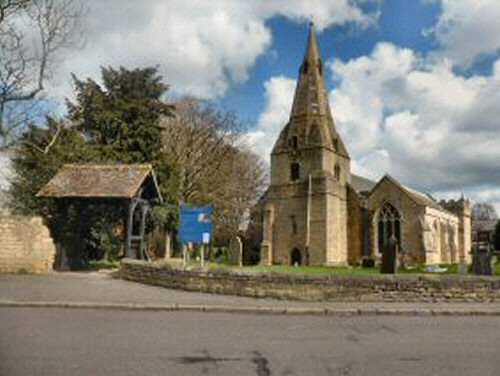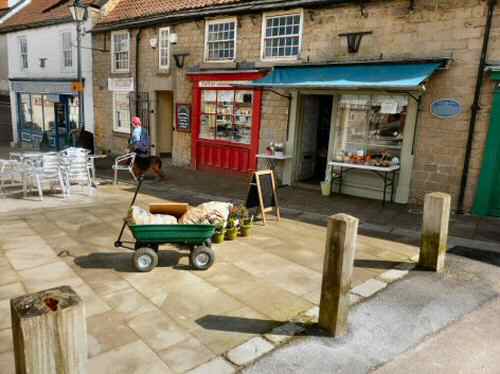BOLSOVER CASTLE
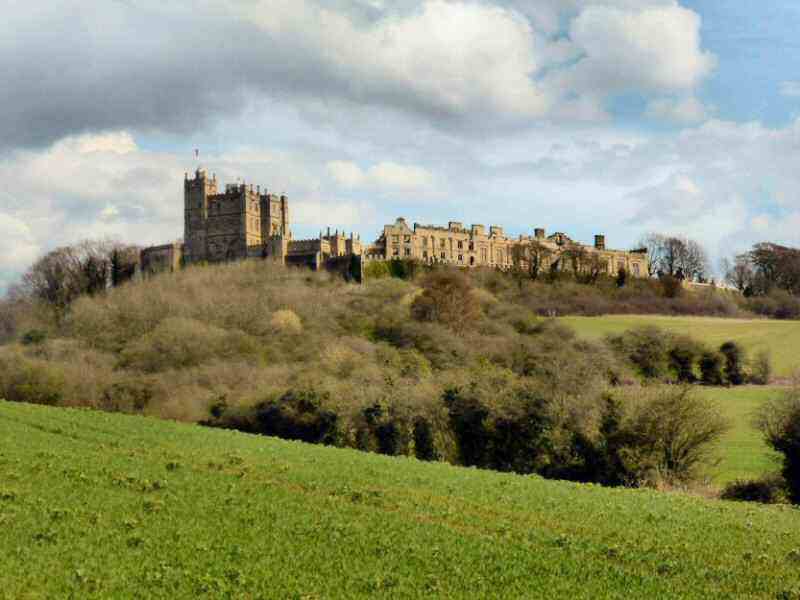
PLAN YOUR VISIT TO BOLSOVER CASTLE
INFORMATION
Location: Bolsover Castle is on the A632 in North East Derbyshire. Access can be obtained from the M1 Motorway by leaving at Junction 29a and following the signs for Bolsover (SK473707).
Visit: Bolsover Castle, an award-winning English Heritage attraction that provides a romantic example of a Cavalier’s pleasure palace, where horses’ hooves can once again be heard at the Castle’s Riding School at weekends and on special occasions during the season. Visitors can watch expert horse riders in flamboyant 17th-century costumes display their equestrian skills. Enjoy the wonderful paintings, the vaulted chambers, the attractive Venus Fountain Garden and a walk along the restored battlements. There are also plenty of activities to keep children happy, and a cafe and shop to visit. Keep a lookout for special events.
Refreshments: Bolsover Castle Tea Rooms and nearby cafes, pubs and restaurants in Bolsover.
Bolsover: Approaching the town along Chesterfield Road, the impressive-looking Bolsover Castle dominates the skyline. The late Roy Christian did more than anyone to open the eyes of the public to the beauties of Derbyshire. Famously wrote of Bolsover, ‘Approaching it (Bolsover) from Chesterfield, there is one dramatic moment when you leave a rather dreary industrial landscape and suddenly find yourself climbing up into what appears to be some lovely hill town in Tuscany.’ Praise for what is often an underrated town that needs to be visited and appreciated.
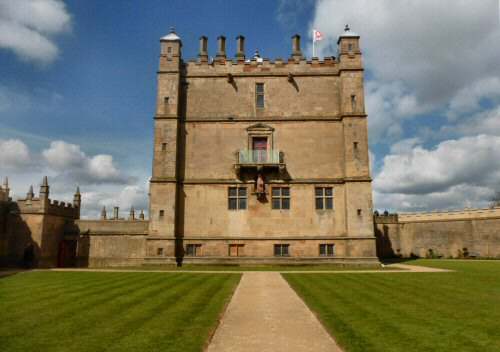
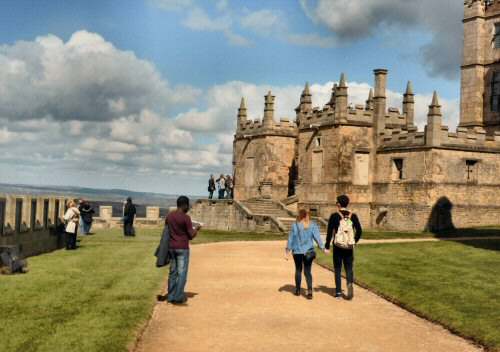
THE CASTLE
William Peveril built the first castle in Bolsover after being given the land by William the Conqueror. The Keep was added about 100 years later. Following a succession of owners, the castle came into the hands of the Talbot family before it was leased in 1608 to Sir Charles Cavendish and sold to him five years later. By this time, the castle was in a state of almost complete disrepair.
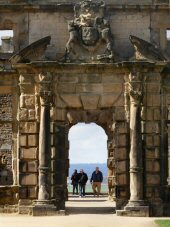
Sir Charles Cavendish surprisingly built a replica of the Norman Keep on the original footings. However, a descendant, Sir William Cavendish, later the Duke of Newcastle, was responsible for rebuilding the family home at Bolsover Castle in the style of the times. He built a superb Riding School within the castle walls as an accomplished horseman.
At the end of the Second World War, the castle was again in a ruinous state, and the owner, unable to afford the restoration cost, gave it to the nation. Gradually, the castle was restored, and parts were opened to the public. However, in the late 1990s, when a project was funded to revitalise the historic centre of the town and the castle, the restoration work was completed, and a new visitor centre, shop, and cafe were created.
Sir William Cavendish created the Little Castle within the walls of Bolsover Castle. No expense was spared; with its medieval-style turrets and towers, it was a building designed to surprise and impress. Sir William never tired of showing off the castle, and he even persuaded King Charles I and his Queen Henrietta Maria to visit. He spent a staggering £15,000, a huge sum in those days, on banquets and entertainment for his Royal visitors.
Cavendish laid a pipe to carry water from Springfield to Bolsover Castle all along the ridge on the southwestern side of the town. Four Conduit Houses were built spaced across the ridge, and they may have provided security for maintenance workers and added to the prestige of the castle’s defensive capabilities. A track connecting the conduits was laid, providing excellent views across the valley.
